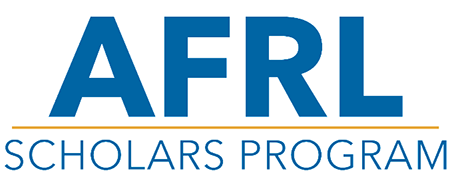Anomaly Detection with Single-Pixel Cameras
Overview
Qualifications
Organization
Overview
Compressive single-pixel imaging is a signal processing paradigm wherein high-resolution scenes are recovered from highly subsampled, randomly spatially multiplexed data acquired on a single detector. While this allows for scenes to be imaged at sub-Nyquist rates, recovery becomes an iterative process with high compute requirements. For this reason, extracting information from the randomly multiplexed measurements themselves, without reconstruction, is highly desirable. One valuable piece of information is whether a static scene experienced any significant changes, called anomalies, over the course of the measurement. In this project, the student will develop novel methods for detecting and localizing anomalies from single-pixel measurements using time-series analysis and neural networks.
Organization: Scholars
working and learning something new every day
Anthony Giljum
Postdoc
Qualifications and Eligibility
Below is a summary of the desired background for the position, and any general requirements. Additional detail may be found in the application.
About the partner
Universities Space Research Association (USRA) administers a three-pronged approach to strengthening the science, technology, engineering, and mathematics (STEM) workforce pipeline that includes: the AFRL Scholars Program, AFRL Scholars Professionals, and the University Research and Engagement Program (UREP). This portfolio of enriching programs aligns directly with the Federal STEM Strategy and Department of Defense (DoD) STEM mission for the U.S. Department of the Air Force by offering immersive project-based learning opportunities for students and postdoctoral fellows.

Media Inquiries
afrl.pa.inquiry@us.af.milBusiness Inquiries
afsbirsttr-info@us.af.milHigher Education Inquiries
collaborate@us.af.milCopyright © 2025 The Air Force Research Laboratory. All rights reserved.

